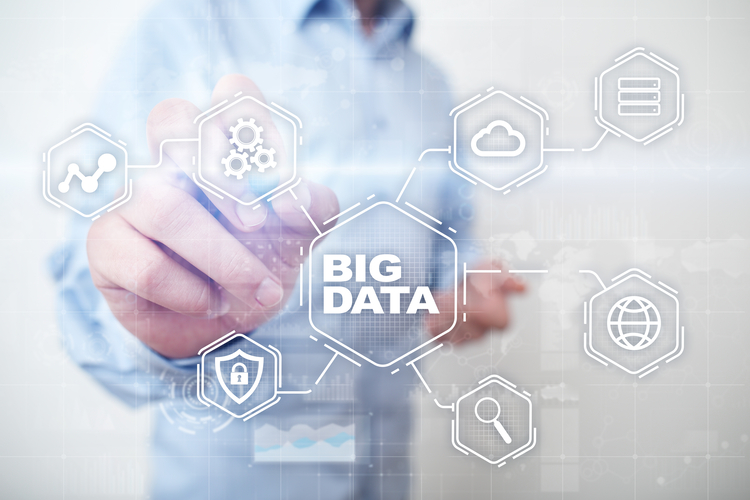Data Science and Precision Technologies
Course Description
This LU aims to introduce and explore practices for using data science and precision technologies in agriculture. This unit starts with the basis of data science, applications and its role in industry and research. Learners will then explore the basis of precision technologies and its applications. In a more advanced stage, the leaners will have the opportunity to understand how to install, connect and maintain sensors and other monitoring devices and how to extract and analyse the data provided by these systems.
Learning outcomes
Knowledge
After the completion of this LU, the learner will:
- Understand the basis of data science and its applications and its role in industry and research.
- Understand the basis of precision technologies and its applications.
- Understand how to install, connect, and maintain sensors and other monitoring devices.
- Understand how to extract and analyse data from sensors and other monitoring devices installed in the field.
Skills
After the completion of this LU, the learner will be able to:
- Perform descriptive statistics, data visualization, and data profiling to understand and gain insights from agricultural datasets.
- Identify and operate different types of sensors used in precision agriculture, such as soil moisture sensors, weather sensors, and crop health sensors.
- Install and maintain sensors and other devices for remote monitoring and control of agricultural processes to improve efficiency and productivity.
- Analyze and critically interpret data from sensors and other devices installed in the field.
Competences
After the completion of this LU, the learner will be competent to:
- Integrate data from various sources, such as sensors, weather stations, and historical records,
- and use it to make data‐driven decisions in agriculture.
- Install, connect, and maintain sensors and other monitoring devices.
- Extract relevant features from agricultural data and select the most informative ones for building
- predictive models.
- Use decision support systems to improve the optimization of farming operations.



